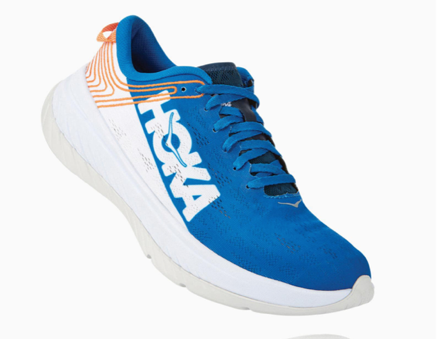What is Big Toe Arthritis (Hallux Rigidus)?
A common site of arthritis is the Great toe metatarsophalangeal joint, ‘MTPJ’. The cartilage lining of the joint wears out, usually with no obvious previous injury, or due to Gout, Rheumatoid arthritis or trauma. The joint becomes inflamed, bony spurs ‘osteophytes’ form, and stiffness develops.
Common symptoms are stiffness and pain, particularly with walking. It may limit walking distance, and compromise work and recreational activities. The Bony spurs can cause pain by rubbing against shoes. In an attempt to off-load the painful great toe, some people will preferentially walk on the outer border of the foot, causing transfer pain to the lesser toes. Often people have pain at night.
Treatment options range from non-operative to operative.

NON-OPERATIVE MANAGEMENT
The main aims are to relieve pain and decrease loading and movement through the great toe MTPJ. Simple lifestyle and activity modifications may help. A laced shoe with a stiff sole and rocker bottom can offload the joint. Simple analgesia can be helpful such as paracetamol and anti-inflammatories.
A cortisone injection may offer relief of inflammation but as with most treatments, the degree and extent of relief varies from patient to patient.
OPERATIVE MANAGEMENT
Surgery is considered when the previous measures fail.
Surgical options include; spur removal ( cheilectomy) and joint fusion.
The suitability and subsequent outcome for these procedures depends on many factors including the severity of arthritis, age and functional demands, and the presence of arthritis in adjacent joints. Post operatively patients can weight bear from the outset, with elevation for 2 weeks and then period of 6 weeks of gentle activities before increasing to normal activities.
